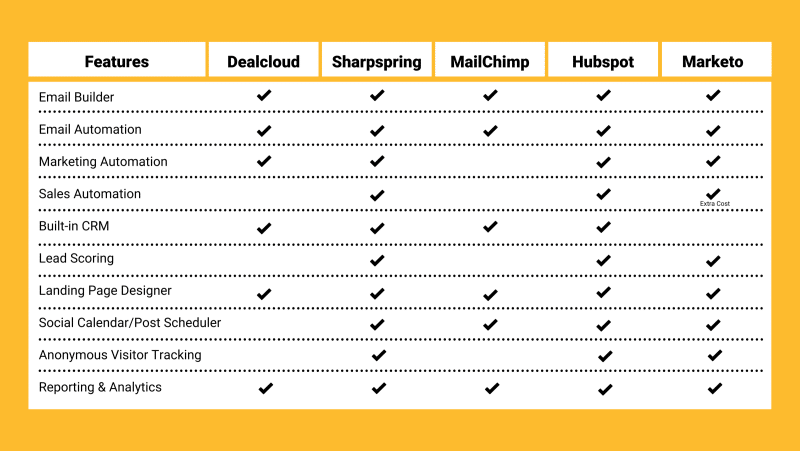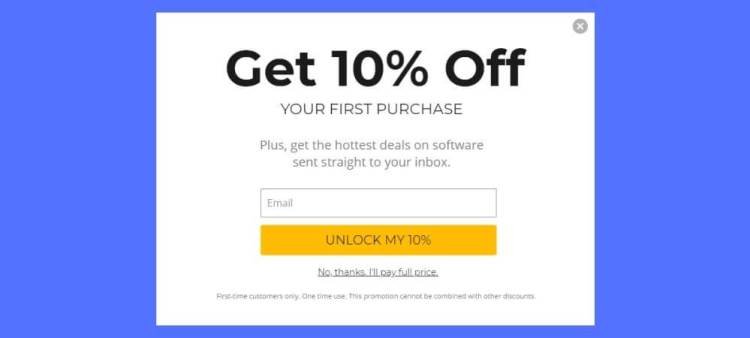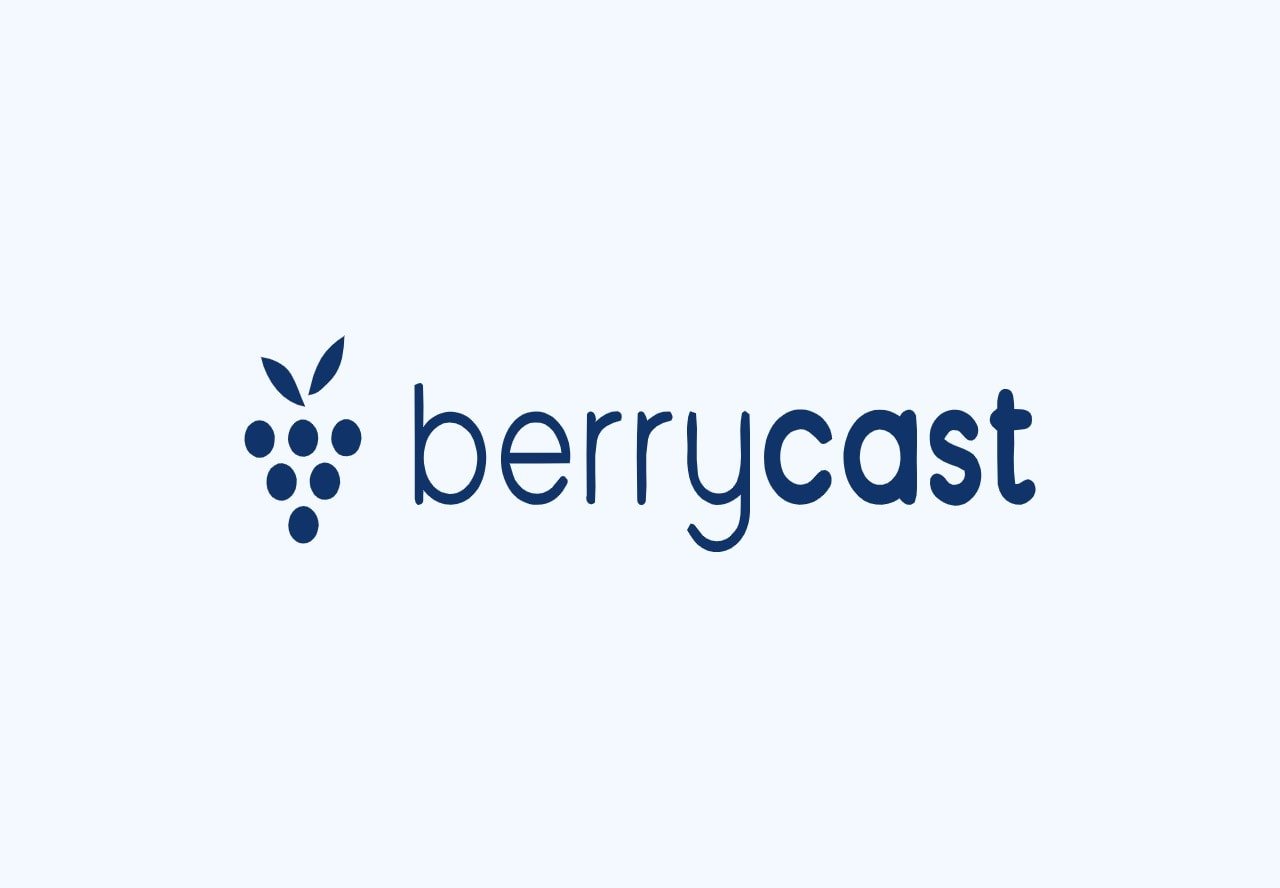Email Marketing Platforms Comparison! Email marketing platforms vary in features, pricing, and usability. Choosing the right one depends on your specific needs and goals.
Email marketing is crucial for businesses seeking to engage with their audience effectively. With numerous platforms available, selecting the right one can be daunting. Each platform offers unique features, pricing structures, and user experiences. Some focus on automation and analytics, while others emphasize ease of use and design capabilities.
Understanding your business requirements helps you make an informed decision. This comparison will outline key aspects of popular email marketing platforms, aiding you in selecting the best fit for your marketing strategy. Consider factors like integration options, customer support, and scalability before choosing.
Introduction To Email Marketing
Email marketing is a powerful tool in digital marketing. Businesses use it to communicate directly with their customers. It is cost-effective and easy to measure. Email marketing helps in promoting products or services. It also builds a relationship with the audience.
In this blog post, we will compare various email marketing platforms. This will help you choose the best one for your business needs.
Importance In Digital Marketing
Email marketing plays a crucial role in digital marketing. It allows businesses to reach a large audience quickly. Here are some reasons why email marketing is important:
- Direct Communication: Email reaches customers directly in their inbox.
- Cost-Effective: Email marketing is cheaper than other marketing methods.
- Measurable: You can track open rates, click rates, and conversions.
- Personalization: Emails can be tailored to each recipient’s preferences.
Current Trends For 2024
Email marketing trends evolve every year. Here are the current trends for 2024:
- Interactive Emails: Emails with polls, surveys, and quizzes engage users more.
- AI and Automation: AI helps in personalizing and automating email campaigns.
- Mobile Optimization: More people read emails on mobile devices.
- User-Generated Content: Including customer reviews and testimonials in emails.
- Privacy and Data Protection: Ensuring compliance with data protection laws is critical.
These trends will shape the future of email marketing. Staying updated is essential to stay ahead in the digital marketing game.
Criteria For Choosing A Platform
Choosing the right email marketing platform can be challenging. There are many factors to consider, and the perfect choice can vary based on your needs. To make an informed decision, it’s essential to evaluate different platforms based on specific criteria. Below are the key factors to consider when choosing an email marketing platform.
Ease Of Use
The ease of use is crucial when selecting an email marketing platform. A user-friendly interface ensures that you can quickly create and send emails without a steep learning curve. Look for platforms that offer:
- Drag-and-drop email builders
- Pre-designed templates
- Intuitive dashboards
These features help save time and effort, especially for beginners.
Pricing Models
Understanding the pricing models of different platforms is essential. Pricing can vary significantly, and knowing what you’re paying for is critical. Here’s a basic breakdown:
| Platform | Pricing Model | Features Included |
|---|---|---|
| Platform A | Monthly Subscription | Unlimited emails, automation, customer support |
| Platform B | Pay-as-you-go | Basic templates, limited automation |
| Platform C | Freemium | Basic features, upgrade for advanced tools |
Integration Capabilities
Integration capabilities are vital for seamless operations. A good platform should integrate with other tools you use, such as:
- CRM systems
- Social media platforms
- Analytics tools
These integrations ensure that your email marketing efforts are well-coordinated with other marketing activities.
Top Email Marketing Platforms
Email marketing is a powerful tool for businesses of all sizes. Choosing the right email marketing platform can boost your campaigns. Here, we explore the top email marketing platforms available today.
Overview Of Leading Tools
Several platforms stand out in the email marketing industry. These tools offer a variety of features to enhance your email campaigns. Below is a table summarizing the leading platforms:
| Platform | Pricing | Best For |
|---|---|---|
| Mailchimp | Starts at $9.99/month | Beginners |
| Constant Contact | Starts at $20/month | Event Promotions |
| ConvertKit | Starts at $29/month | Bloggers |
| SendinBlue | Free plan available | Transactional Emails |
Unique Features
Each platform offers unique features to cater to different needs. Here is a breakdown of the standout features for each:
- Mailchimp
- Easy drag-and-drop editor
- Comprehensive analytics
- Automated email sequences
- Constant Contact
- Event management tools
- Social media integration
- Advanced reporting
- ConvertKit
- Visual automation builder
- Subscriber tagging
- Landing page templates
- SendinBlue
- SMS marketing
- Transactional email capabilities
- Real-time tracking

Platform 1: Mailchimp
Mailchimp is a popular email marketing platform. It offers versatile tools for businesses of all sizes. Many users favor it for its user-friendly interface and powerful features.
Key Features
- Drag-and-Drop Email Builder: Create stunning emails without coding.
- Audience Segmentation: Target specific groups for personalized campaigns.
- Automation: Set up automated email sequences for efficiency.
- Analytics and Reporting: Track performance with detailed reports.
- Templates: Access a variety of customizable templates.
- Integration: Seamlessly connect with various apps and tools.
Pros And Cons
| Pros | Cons |
|---|---|
|
|
Platform 2: Constant Contact
Constant Contact is one of the most popular email marketing platforms. It is known for its ease of use and wide range of features. This platform is ideal for small businesses and non-profit organizations.
Key Features
- Email Templates: Constant Contact offers a variety of customizable email templates.
- List Management: Easily manage your email lists and segment your audience.
- Automation: Set up automated email campaigns to nurture leads.
- Analytics: Track your email performance with detailed reports.
- Social Media Integration: Connect your email campaigns with your social media accounts.
- Event Management: Manage event registrations and promotions directly from the platform.
Pros And Cons
| Pros | Cons |
|---|---|
|
|

Credit: www.market2all.com
Platform 3: Sendinblue
SendinBlue is an excellent email marketing platform. It caters to both small businesses and large enterprises. This platform offers a wide range of features that help users create effective email campaigns. Below, we explore the key features and the pros and cons of using SendinBlue.
Key Features
- Email Designer: Drag-and-drop tools for creating professional emails.
- Transactional Emails: Manage and send important emails like order confirmations.
- Marketing Automation: Create automated workflows to engage customers.
- SMS Marketing: Send promotional messages directly to users’ phones.
- Contact Segmentation: Organize and target your audience efficiently.
- Detailed Analytics: Get insights into campaign performance.
Pros And Cons
| Pros | Cons |
|---|---|
| Easy-to-use interface. | Limited design templates. |
| Flexible pricing plans. | Occasional email delivery delays. |
| Comprehensive automation features. | Learning curve for advanced features. |
| Multi-channel marketing (email & SMS). | Customer support response time. |
SendinBlue is a powerful platform with many advanced features. It offers great value with its flexible pricing. The easy-to-use interface makes it ideal for beginners. Its comprehensive automation tools are perfect for advanced users.
Platform 4: Getresponse
GetResponse is a powerful email marketing platform known for its user-friendly interface and robust features. It caters to businesses of all sizes, offering a range of tools to enhance email marketing campaigns. Let’s dive into its key features, pros, and cons.
Key Features
- Email Creator: GetResponse provides a drag-and-drop email creator, making it easy to design professional emails.
- Automation: The platform offers advanced automation features, including personalized workflows.
- Landing Pages: Create stunning landing pages that convert with GetResponse’s built-in tools.
- Webinars: Host and manage webinars directly from the platform.
- A/B Testing: Optimize your campaigns with A/B testing capabilities.
- Analytics: Get detailed analytics to track your campaign’s performance.
Pros And Cons
| Pros | Cons |
|---|---|
|
|
GetResponse stands out with its extensive feature set and ease of use. The platform is ideal for businesses that need comprehensive email marketing solutions and automation capabilities.
Platform 5: Aweber
AWeber is a popular email marketing platform. It is known for its user-friendly interface and powerful tools. This platform is perfect for both beginners and experienced marketers.
Key Features
- Drag-and-Drop Editor: Easily create beautiful emails without any coding skills.
- Automation: Set up automated email sequences to nurture your subscribers.
- Templates: Choose from a variety of pre-designed email templates.
- Analytics: Track your email performance with detailed reports.
- Integrations: Connect AWeber with other tools like WordPress and Shopify.
Pros And Cons
| Pros | Cons |
|---|---|
|
|
AWeber stands out with its ease of use and reliable customer support. The platform’s analytics help in tracking performance and improving campaigns. However, it may lack some advanced features and can be costly for large subscriber lists.
Comparative Analysis
Email marketing platforms offer various features and benefits. It is crucial to compare them to choose the best one for your needs. This comparative analysis will focus on two important factors: Performance Metrics and User Reviews.
Performance Metrics
Performance metrics help in evaluating the effectiveness of email marketing platforms. Here is a table comparing the performance metrics of popular platforms:
| Platform | Delivery Rate | Open Rate | Click-Through Rate | Bounce Rate |
|---|---|---|---|---|
| MailChimp | 98% | 21% | 3.5% | 0.5% |
| Constant Contact | 97% | 19% | 3% | 0.7% |
| SendinBlue | 96% | 18% | 3.2% | 0.6% |
| GetResponse | 98% | 20% | 4% | 0.4% |
Delivery Rate indicates the percentage of emails that reach the recipient’s inbox. Open Rate shows the percentage of recipients who open the email. Click-Through Rate measures how many recipients clicked on links within the email. Bounce Rate represents the percentage of emails that were not delivered.
User Reviews
User reviews provide insights into the usability and reliability of email marketing platforms. Below are some key highlights from user reviews:
- MailChimp: Users appreciate its ease of use and extensive templates.
- Constant Contact: Users value its customer support and detailed analytics.
- SendinBlue: Users like its affordability and robust features.
- GetResponse: Users praise its automation capabilities and responsive design.
User reviews can help in understanding the real-world experiences of other marketers. They highlight the strengths and weaknesses of each platform. This information is valuable when making an informed decision.
Choosing The Right Tool
Choosing the right email marketing platform is crucial. The right tool can save time and boost sales. It helps in managing campaigns efficiently.
Business Needs
Identify your business needs first. Do you need advanced analytics? Do you require multiple user access? Consider these questions before choosing.
- Advanced analytics for detailed insights
- User access for team collaboration
- Automation features for saving time
Scalability
Your email marketing tool should grow with your business. Choose a platform that can handle increased volume. Look for features that support growth.
| Feature | Benefit |
|---|---|
| High email-sending limits | Handle more emails as you grow |
| Advanced segmentation | Target specific audiences |
| Integration with CRM | Streamline customer data |
Future Of Email Marketing
The landscape of email marketing is evolving rapidly. As we progress into the future, new technologies and trends will shape the way we communicate with our audiences. Businesses must stay ahead of these changes to maintain effective email marketing strategies.
Emerging Technologies
Artificial Intelligence (AI) is transforming email marketing. AI-driven tools can analyze user behavior and preferences. This allows for highly personalized email campaigns.
Machine Learning enhances segmentation. It helps in predicting what content will engage specific users. This leads to better open rates and higher conversions.
Automation is becoming more sophisticated. Automated email sequences can now adapt based on user interactions. This increases efficiency and effectiveness.
Interactive Emails are gaining popularity. Features like polls, quizzes, and carousels engage users directly within the email. This reduces the need to click away to a different page.
Predicted Trends
- Hyper-Personalization: Emails tailored to individual preferences.
- Predictive Analytics: Using data to forecast future user actions.
- Voice-Activated Emails: Integrating with voice assistants like Alexa and Siri.
- Mobile Optimization: Ensuring emails are mobile-friendly.
- Increased Privacy Regulations: Adhering to stricter data protection laws.
Hyper-Personalization will be a major trend. Emails will be tailored to individual preferences. This involves using data to create unique content for each user.
Predictive Analytics will become essential. Marketers will use data to forecast future user actions. This helps in creating proactive and engaging campaigns.
Voice-Activated Emails will integrate with voice assistants like Alexa and Siri. Users will be able to interact with emails through voice commands.
Mobile Optimization remains crucial. More people read emails on mobile devices. Ensuring emails are mobile-friendly will enhance user experience.
Increased Privacy Regulations are on the horizon. Adhering to stricter data protection laws will be necessary. This will build trust with users and protect their information.

Credit: dkyinc.com
Frequently Asked Questions
What Are The Top Email Marketing Platforms?
The top email marketing platforms include Mailchimp, Constant Contact, SendinBlue, and GetResponse. They offer various features such as automation, analytics, and templates to enhance your email campaigns.
How To Choose An Email Marketing Platform?
Choose an email marketing platform based on your business needs, budget, and required features. Consider ease of use, customer support, and integration capabilities.
Is Mailchimp Good For Small Businesses?
Yes, Mailchimp is excellent for small businesses. It offers affordable plans, user-friendly interfaces, and robust automation features. Its free tier is also great for startups.
Can I Integrate Email Marketing Platforms With Crm?
Yes, most email marketing platforms can integrate with popular CRM systems. Integration helps streamline customer data and improve targeted marketing efforts, enhancing overall campaign effectiveness.
Conclusion
Choosing the right email marketing platform is crucial for your business. Consider your goals, budget, and features needed. Each platform offers unique benefits to enhance your campaigns. Evaluate options carefully to find the best fit. With the right choice, you can boost engagement and drive growth effectively.





